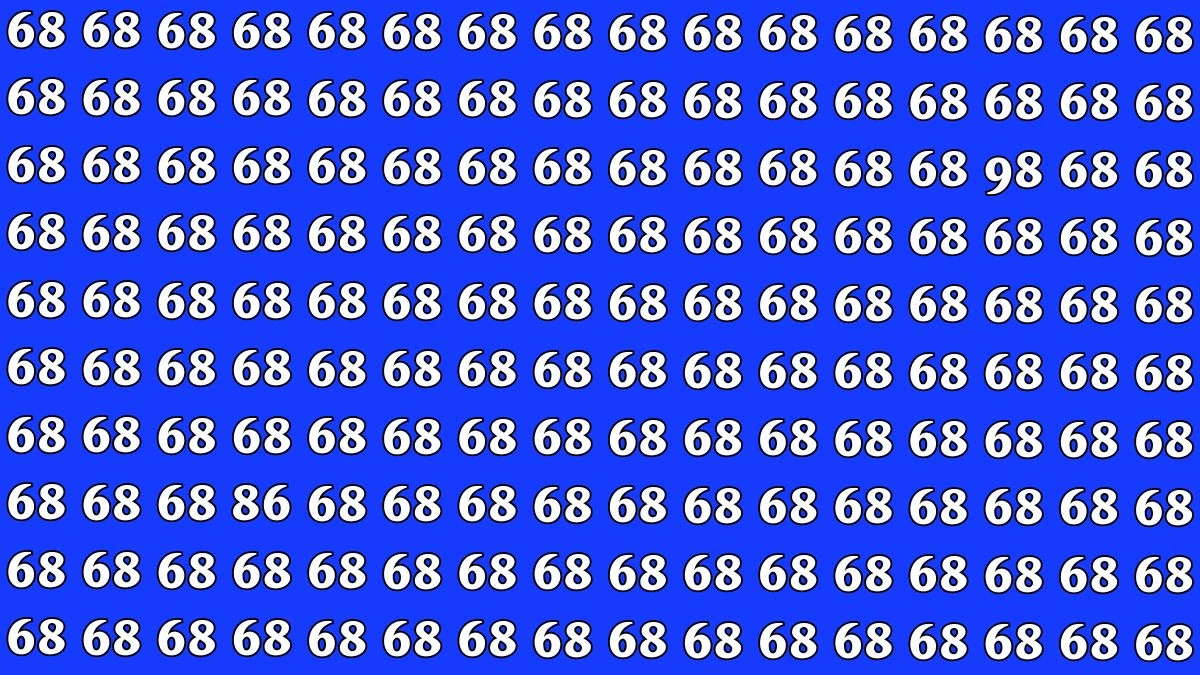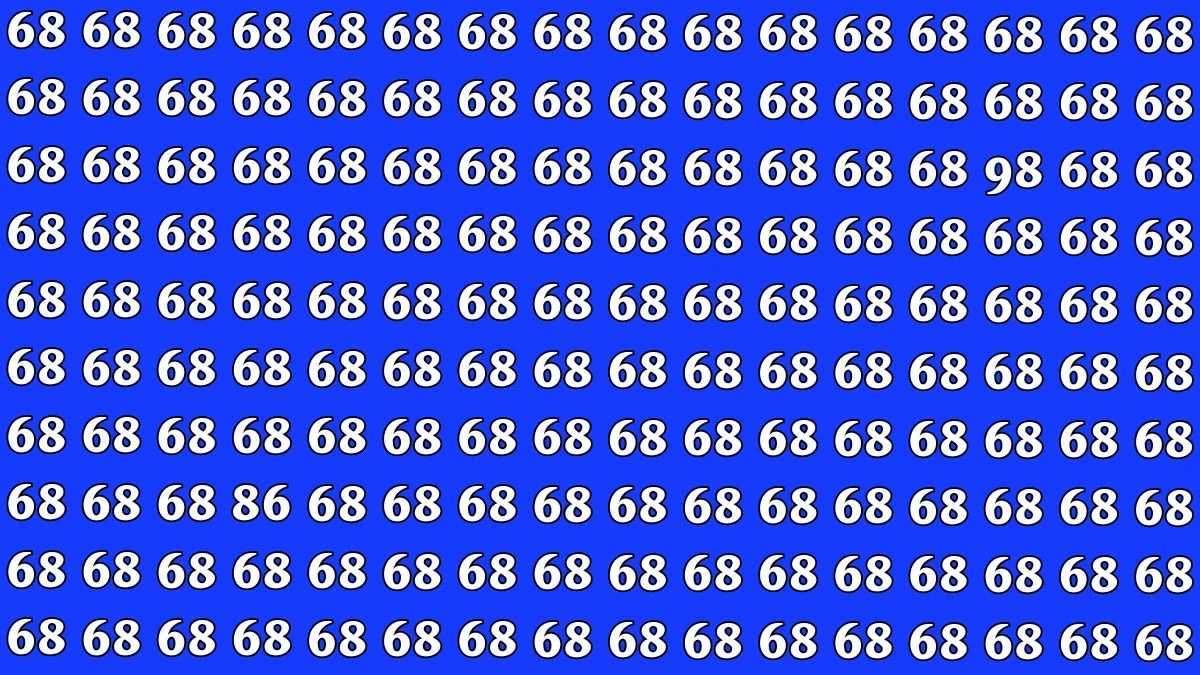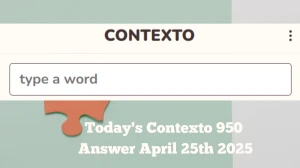Optical Illusion
An optical illusion is a visual phenomenon where the perception of an image differs from objective reality. It tricks the brain into seeing something that isn't actually present or perceiving an image differently than how it physically exists. This occurs because the brain interprets visual signals based on context, patterns, colors, light, and prior knowledge, sometimes leading to misinterpretation. There are various types of optical illusions—literal illusions, where the image itself is misleading; physiological illusions, caused by excessive stimulation of the eyes or brain; and cognitive illusions, which arise from unconscious inferences made by the brain. These illusions not only entertain but also help scientists study how vision and perception work, revealing the complex ways our brain processes what we see.
Optical Illusion: Within 8 Seconds Spot The Number 86 and 98 among 68
This optical illusion is a fun and engaging brain teaser that challenges your visual perception and attention to detail. At first glance, the image appears to be filled entirely with the number 68 repeated in a neat grid. However, hidden among the 68s are two different numbers: 86 and 98. The challenge is to spot both of these hidden numbers within 8 seconds, putting your observation skills to the test. The illusion works by creating visual noise through repetition, making the odd numbers blend in with the rest.

Optical Illusion: Within 8 Seconds Spot The Number 86 and 98 among 68 - Solution
Here is the solution to the optical illusion challenge where you were asked to find the numbers 86 and 98 hidden among several instances of the number 68. At first glance, the image looks like a repetitive pattern of the number 68, making it tricky to spot any variation. However, with close observation, the hidden numbers become clear. The number 98 is located in the third row from the top, toward the right side of the image. Meanwhile, the number 86 is found in the eighth row from the top, more toward the left side. These numbers stand out once your eyes adjust to scanning for subtle differences, showing how easily our vision can be tricked by uniformity and repetition. This illusion is a great example of how engaging and fun visual puzzles can be while sharpening your attention to detail.







